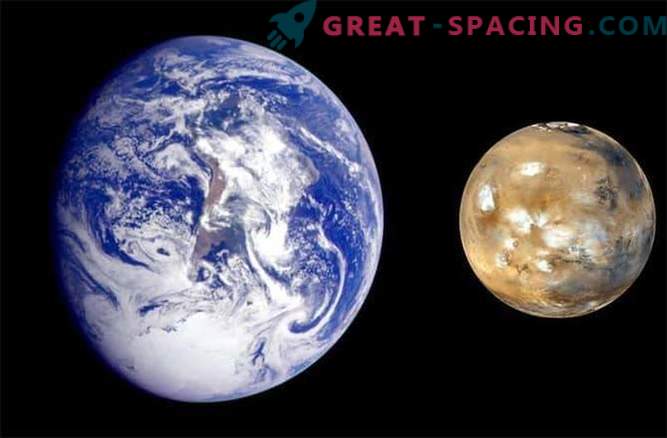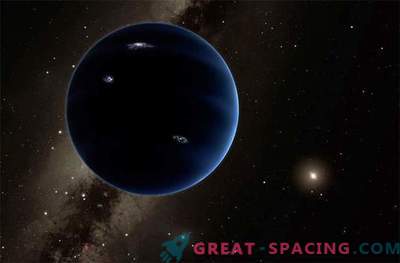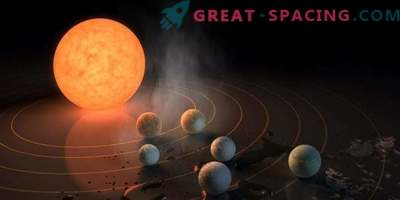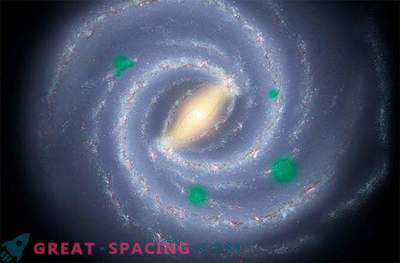
In our solar system, only one planet is capable of creating interplanetary communication. But imagine that things are different. Say, if there were intelligent beings on Mars capable of communicating with us, how would this change our history?
This scenario in our solar system is impossible, but may be (albeit unlikely) real for other places in the galaxy. This is part of the thinking outlined in the work of Jason Steffen of the University of Nevada, in which he views potentially habitable planetary pairs. They have not yet been discovered with the Kepler telescope, although the NASA mission has already found many planets close to each other.
“We found that the axis of their rotation was not adversely affected by a nearby planet. And this means that the climate on their surface can be just as stable as the climates of the planets of our system, ”wrote Steffen in his e-mail to Discovery News.
“We also found that:
- there is a noticeable increase in the frequency of material successfully transferred between the planets;
- any biological material on fragments from a collision is more likely to survive, since the energy for its transfer is spent much less than in the solar system;
- if one fragment of the debris gets to another planet, it increases the likelihood that several such pieces will also get there successfully. ”
Moving rocks from one planet to another after asteroid impacts theoretically increases the possibility of transferring biological material. It could spread life across the entire planetary system. So says the hypothesis of “panspermia”. But what if life takes root and develops on neighboring planets?
In a recent press release, Steffen theorized about possible communication between developed intelligent creatures on such planets, but when he was directly asked about it, he said that the script was “unlikely”, although he does not give up on his words. Our Solar System Earth is over 4 billion years old, and only the last 400 of them, or 0.00001% of the total time, are used by telescopes.
“Now repeat this twice in the same system,” he said, the name means Mars. “It is therefore much more likely that a civilization capable of space travel would find food on another planet. Nevertheless, it is possible that somewhere there is an intelligent life at a similar stage of development. In this case, telescopes of 18-19 centuries could see similar features on other planets. At that moment, in order to be known about you, only relatively large mirrors would be required. ”
Even if there can be no communication between the planets, they may have a similar biological history. Everyone already knows about meteorites flying from Mars to collide with the Earth. “How often this happens,” added Stephen, “depends on the number of asteroids in the system and their location.”
The proximity of the planets to each other has its drawbacks. For example, their orbits may be unstable, or one planet may influence the change of seasons to another, interfering with the tilt of the axis. In addition, they can cause ebb and flow, although Stephen notes that a planet similar to Earth, 40 times farther from the Moon, would cause weaker tides than we have on Earth.
The new trailers of “Independence Day” and “Star Trek”, showing conflicts with aliens, also suggest the question: can two sentient beings in the same solar system overcome their differences? Steffen believes that they can, citing the example of Antarctic research and treaties on international waters.
“These facts make me believe that in the field of interplanetary issues we could cooperate well - without inflating conflicts and without risking the entire planet due to nationalistic or personal advantages. When I was younger, I used to fight with my sisters. But if they were being bullied by someone else, it was a completely different situation. ”











































